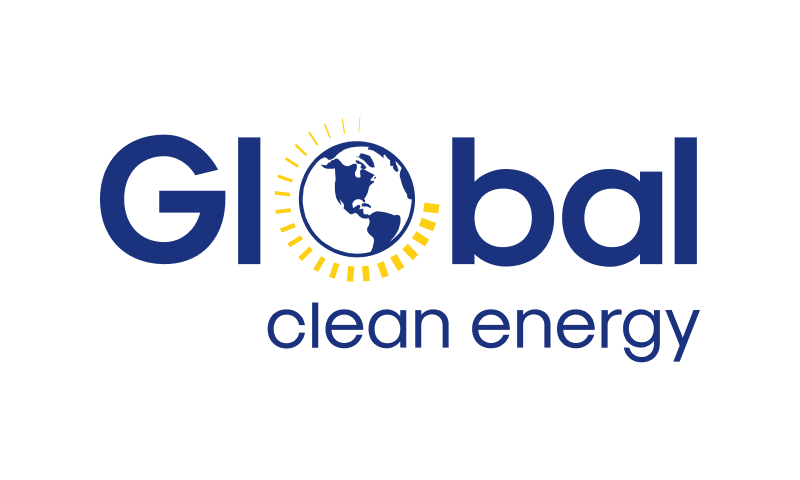
Global Clean Energy Signs $30 Million USDA Climate-Smart Commodities Grant Kickstarting Implementation of the Climate-Smart Camelina Project
Published by Todd Bush on June 5, 2023
LOS ANGELES--(BUSINESS WIRE)--Global Clean Energy Holdings, Inc. (OTCQB:GCEH) and the United States Department of Agriculture (USDA) have signed a contract for the Partnerships for Climate-Smart Commodities Grant for their Climate-Smart Camelina Project. With the signing, work can officially begin on their $30 million pilot project to measure and validate the advantages of Camelina sativa (camelina) as an ultra-low carbon nonfood renewable fuel feedstock.
>> In Other News: Chart Industries, Inc. and Crane Company Successfully Test a New Liquid Hydrogen Valve
Climate-Smart Camelina is a large-scale pilot project to implement, measure, and validate the climate advantages of camelina in both rotational (e.g., on fallow acres) and winter crop (e.g., in a double-crop rotation) production systems. The project will accelerate farmers’ adoption of camelina grown to produce feedstock for renewable biofuels and chemicals without causing land-use change and while increasing carbon capture in the soil. Further, the project will support market development to provide additional revenue streams to growers and provide a premium for this low carbon intensity crop.
“We’re excited to begin this important work to help prove what we have known internally for years – that camelina has the potential to be the lowest carbon intensity feedstock option on the market,” Chief Executive Officer of Global Clean Energy Richard Palmer said. “The environmental benefits of camelina are substantial, and with the data collected from this effort, the growth of camelina adoption can accelerate along with the confidence of growers.”
The project entails a range of measurements at different spatial and temporal scales integrated into metrics which will evaluate the production efficiency and carbon intensity of the biofuel generated, as well as soil carbon sequestration and general agronomic best practices. The key highlights for this project are the use of multiple methods of data collection to cross reference approaches, calibrate sensors, and validate models for long-term low-cost scalability. In the end, this project aims to offer several benefits to growers and the environment, including:
- Increasing overall soil health;
- Increasing the total carbon sequestered within soils;
- Decreasing the carbon intensity associated with growing camelina;
- Obtaining more accurate measurements to prove environmental benefits of growing camelina;
- And providing growers with access to affordable and reliable measurements.
Global Clean Energy owns the world’s largest camelina patent and intellectual property portfolio. Their wholly owned subsidiary, Sustainable Oils, Inc., contracts directly with farmers to grow camelina currently in key regions of the U.S. including Colorado, Idaho, Kansas, Montana, Nebraska, North Dakota, Oklahoma, Oregon, and Washington. Camelina grain is grown for use as a source for Global Clean Energy’s ultra-low carbon renewable fuels produced from their Bakersfield Renewable Fuels refinery in California.
The USDA Climate-Smart Commodities announcement can be accessed here.
ABOUT GLOBAL CLEAN ENERGY
Global Clean Energy Holdings, Inc. (OTCQB:GCEH) is a vertically integrated renewable fuels business that is focused on reducing carbon emissions sustainably through proprietary nonfood camelina varieties – delivering among the lowest carbon intensity renewable fuel in the marketplace. Global Clean Energy’s strategy since inception has been to control the full integration of the renewable fuels supply chain from science to seed and farm to fuel. They aim to operate the development, production, processing, and transportation of feedstocks, to the refining and production of renewable fuels. Global Clean Energy will process their proprietary nonfood camelina feedstock at their Bakersfield, California renewable fuels refinery, yielding a renewable diesel that is chemically identical to petroleum diesel, but with 80+ percent lower carbon emissions. Global Clean Energy’s proprietary camelina varieties are the only nonfood renewable feedstock on the market certified for both the U.S. EPA’s Renewable Fuel Standard and California’s Low Carbon Fuel Standard. More information can be found at www.gceholdings.com.
Subscribe to the newsletter
Daily decarbonization data and news delivered to your inbox
Follow the money flow of climate, technology, and energy investments to uncover new opportunities and jobs.
Latest issues
-
64 Carbon Projects Were Stuck. Texas Just Unlocked Them
Inside This Issue 🛢️ 64 Carbon Projects Were Stuck. Texas Just Unlocked Them ⚙️ In Ohio, Hydrogen Industry Presses on Despite Federal Uncertainty 🧲 Agami Zero Breaks Through With Magnetic Hydrogen...
-
This U.S. Plant Might Change Aviation Forever
In This Issue 🛫 A Georgia Plant Just Cracked Aviation's Fuel Puzzle 📉 CO2RE And ERM Release 2025 Update On Greenhouse Gas Removal Costs 🔗 Abatable Partners With BlueLayer To Streamline Corporate C...
-
Canada Just Made CCUS Way More Profitable
Inside This Issue 💼 Canada Unlocks EOR for Federal Tax Credits in Landmark Policy Shift 🚀 Carbontech Funding Opens as CDR Sector Pushes for Net-Zero Standard Revisions 💧 CHARBONE Confirms its Firs...
Company Announcements
-
Step strengthens Louisiana’s role in U.S. energy leadership and advances project finance process for biomass‑to‑fuel facility SACRAMENTO, Calif. & NEW ORLEANS -- DevvStream Corp. (Nasdaq: DEVS...
-
Climeworks Opens the World’s Largest Direct Air Capture Innovation Hub
Key takeaways: Climeworks launches the largest innovation center for Direct Air Capture, employing over 50 engineers in Zurich, Switzerland. The center is designed to reduce the cost and increase...
-
XCF Global Moves to Double SAF Production with New Rise Reno Expansion
Initial development completed at New Rise Reno 2, advancing XCF's second SAF production facility and positioning construction to begin in 2026. $300 million planned investment will double XCF'...
-
Carbon Capture Technology Relies on High-Performance CO2 Sensors
As the Global South's first Direct Air Capture (DAC) company, Octavia Carbon has commissioned the world's second DAC + geological storage plant. Harnessing Kenya's abundant renewable geothermal ene...